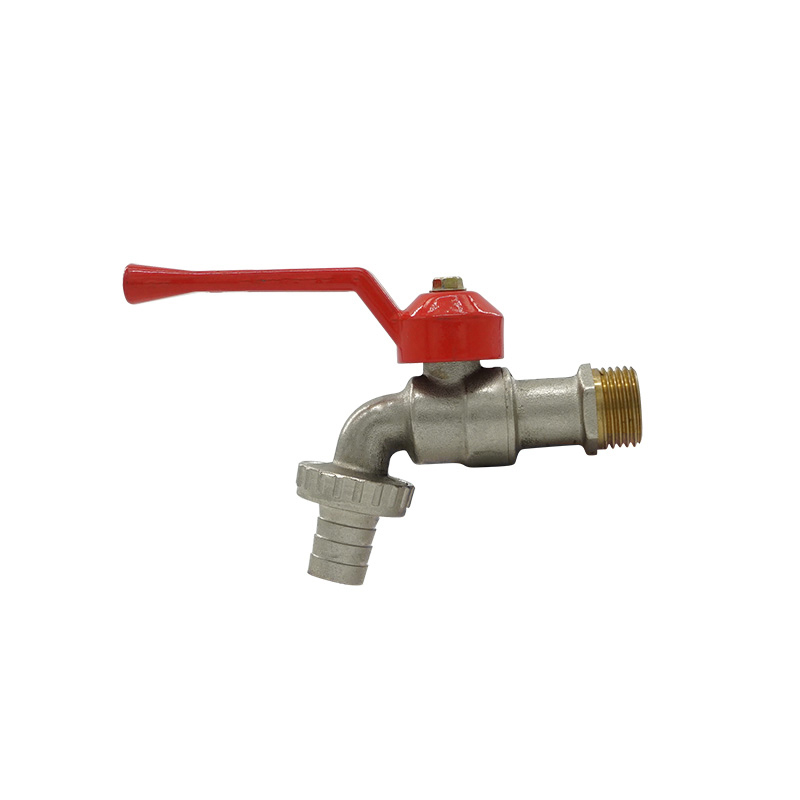Measures to solve
valve corrosion
1. Choose corrosion-resistant materials according to the corrosive medium
In the actual production, the corrosion of the medium is very complicated. Even if the valve material used in a medium is different, the concentration, temperature, and force of the medium are different, and the corrosion of the medium to the material is different. Every time the temperature of the medium increases by 10C, The corrosion rate is increased by approximately 1 to 3 times. The concentration of the medium has a great influence on the corrosion of the
valve material. For example, if lead is in a low concentration of sulfuric acid, the corrosion is very small. When the concentration exceeds 96%, the corrosion rises sharply. Contrary to carbon steel, the corrosion is severe when the sulfuric acid concentration is about 50%, and when the concentration increases to more than 6%, the corrosion drops sharply. Aluminum is very corrosive in concentrated nitric acid with a concentration of more than 80%, but it is corrosive in medium and low concentrations of nitric acid. Although stainless steel has strong corrosion resistance to dilute nitric acid, the corrosion is aggravated in more than 95% concentrated nitric acid.
2. Exploring Philippine metal materials
Non-metallic corrosion resistance is excellent. As long as the
valve temperature and pressure meet the requirements of non-metallic materials, it can not only solve the corrosion problem, but also save precious metals. The valve body, bonnet, lining, sealing surface and other commonly used non-metallic materials are made. As for the gasket, the packing is mainly made of non-metallic materials. Use plastics such as polytetrafluoroethylene, chlorinated polyether, and rubber such as natural rubber, neoprene, nitrile rubber, etc. as
valve linings, while the valve body and bonnet body are made of general cast iron and carbon steel. It not only ensures the strength of the valve, but also ensures that the valve is not corroded. The pinch valve is also designed based on the excellent corrosion resistance and excellent deformation properties of rubber. Nowadays, more and more plastics such as nylon and polytetrafluoroethylene, and natural rubber and synthetic rubber are used as various sealing surfaces. , Sealing ring, used on all kinds of valves. These non-metallic materials used as sealing surfaces not only have good corrosion resistance, but also have good sealing performance. They are especially suitable for use in media with particles. Of course, their strength and heat resistance are low, and the scope of application is limited. The emergence of flexible graphite makes non-metals enter the high-temperature field, solves the long-term difficult to solve the problem of leakage of fillers and gaskets, and is a good high-temperature lubricant.
3. Metal surface treatment
(1) At the valve connection, the
valve connection screw is usually galvanized, chrome-plated, and oxidized (blued) to improve the resistance to atmospheric corrosion. Other fasteners are processed by the above methods, and phosphating and other surfaces are also used according to the situation. deal with.
(2) The sealing surface and the closing parts with small diameters often use surface techniques such as nitriding and boronizing to improve its independence and wear resistance.
(3) The anticorrosion of the
valve stem is widely used surface treatment processes such as nitriding, chromium plating, nickel plating, etc., to improve its corrosion resistance, corrosion resistance and abrasion resistance. Different surface treatments should be suitable for different stem materials and working environments. For stems where atmospheric water vapor medium is in contact with asbestos fillers, hard chromium plating and gas nitriding processes can be used.
(4) Small diameter valve body and hand wheel
4. Thermal spraying
Thermal spraying is a type of process block for preparing coatings, and it has become one of the new technologies for surface protection of materials. Most metals and their alloys, metal oxide ceramic cermet complexes and hard metal compounds can be coated with one or several thermal spraying methods to form a coating on a metal or non-metal substrate. Thermal spraying can improve its surface corrosion resistance, wear resistance, high temperature resistance and other properties, and prolong its service life. Thermal spraying special functional coating, with special properties such as heat insulation, insulation (or abnormal electricity), abradable sealing, self-lubricating, thermal radiation, electromagnetic shielding, etc. The parts can be repaired by thermal spraying.

 English
English  Español
Español  Português
Português  русский
русский  Français
Français  日本語
日本語  Deutsch
Deutsch  tiếng Việt
tiếng Việt  Italiano
Italiano  Nederlands
Nederlands  ภาษาไทย
ภาษาไทย  Polski
Polski  한국어
한국어  Svenska
Svenska  magyar
magyar  Malay
Malay  বাংলা ভাষার
বাংলা ভাষার  Dansk
Dansk  Suomi
Suomi  हिन्दी
हिन्दी  Pilipino
Pilipino  Türkçe
Türkçe  Gaeilge
Gaeilge  العربية
العربية  Indonesia
Indonesia  Norsk
Norsk  تمل
تمل  český
český  ελληνικά
ελληνικά  український
український  Javanese
Javanese  فارسی
فارسی  தமிழ்
தமிழ்  తెలుగు
తెలుగు  नेपाली
नेपाली  Burmese
Burmese  български
български  ລາວ
ລາວ  Latine
Latine  Қазақша
Қазақша  Euskal
Euskal  Azərbaycan
Azərbaycan  Slovenský jazyk
Slovenský jazyk  Македонски
Македонски  Lietuvos
Lietuvos  Eesti Keel
Eesti Keel  Română
Română  Slovenski
Slovenski  मराठी
मराठी  Srpski језик
Srpski језик 





